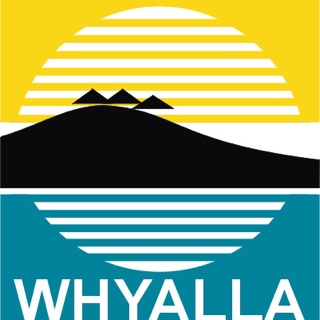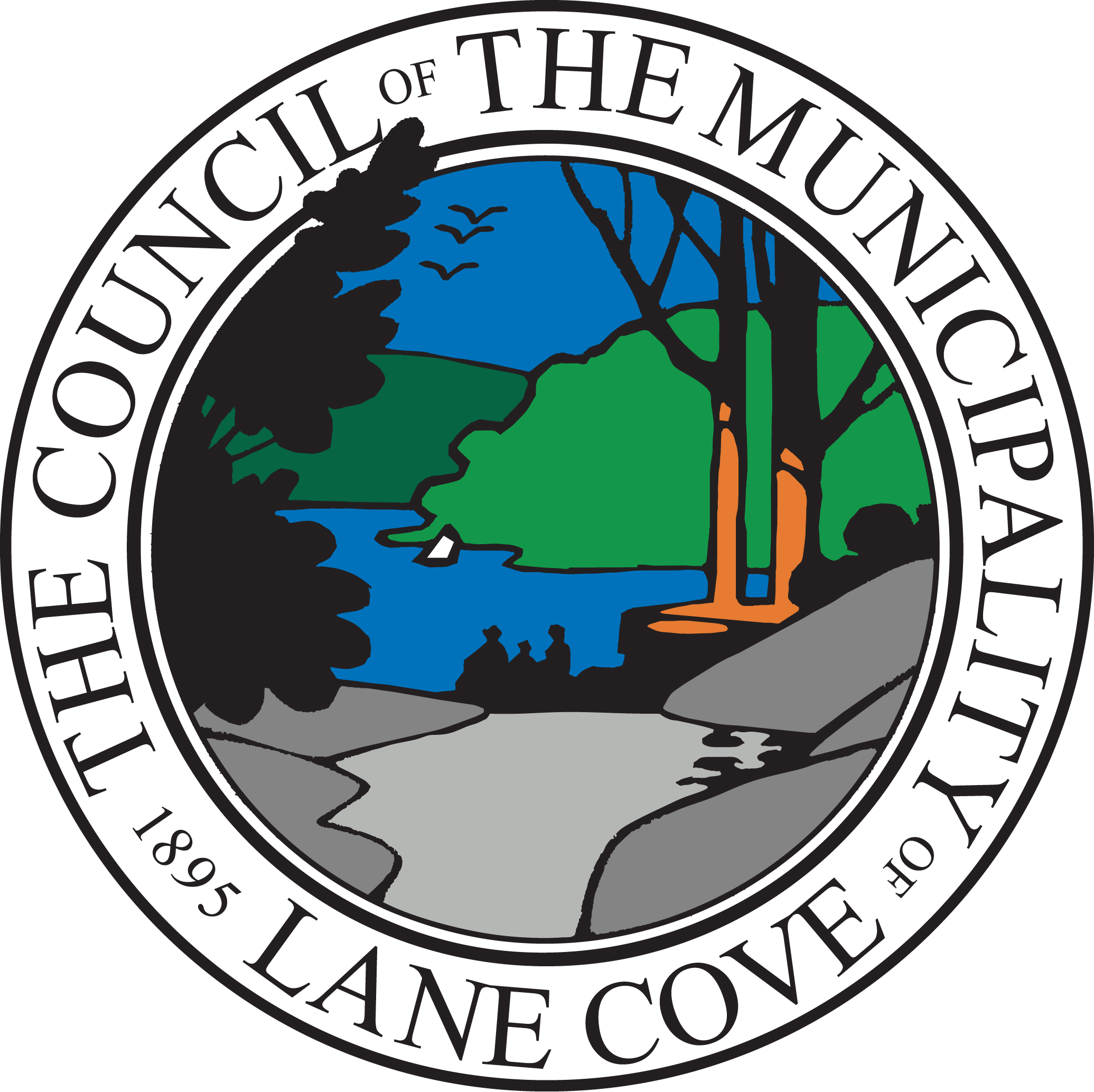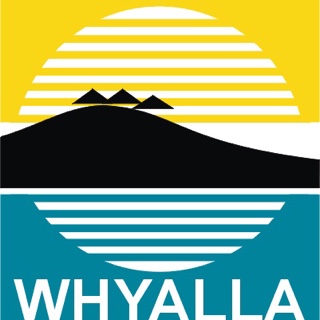Title Page
-
Development Application No.
-
Site Address:
-
Conducted on
-
Inspected by:
-
Privately Certified?
- YES
- NO
-
Add signature
-
Add Property Image
-
Builder:
-
Supervisor:
-
Licence No:
-
Registered in accordance with Regulation 74?
- YES
- NO
-
Phone:
-
Email:
Part 1 - Process & Communication
-
Trusses/Roof Framing was transported, stored, lifted and handled on the site in a proper manner and an area was provided on the site for their satisfactory storage - as set out in Appendix E of AS 4440 and/or Appendix H of AS 1684.2. (Must be signed off by Supervisor as part of Regulation 74 Checklist)
-
Adequate 1 business days notice of the completion of all roof framing forming part of the building work (including top and bottom chord restraints, bracing and tie downs) has been provided to Council and the roof has not been concealed for a minimum 2 day period?
- YES
- NO
-
The required Supervisor's Checklist has been provided in accordance with Regulation 74 of the Development Regulations 2008 and signed by a person who is registered under Regulation 74?
- YES
- NO
Part 2 - Conventional Timber Roof Frame Erection, Fixing & Bracing
-
-
Roof constructed in accordance with approved layout?
-
Bracing is in accordance with approved layout
-
Coupled roof connections - ceiling joists to rafters, collar ties to rafters
-
Tie Downs
-
Transfer of wall frame bracing
-
Point loads - including beams, struts, are adequately supported
-
Location of special loads: Solar heating, air con, HWS, other
-
Steel roof battens, where used, must be legibly and durably marked with the reference AS 1397, the base steel thickness and the designation of the steel base and coating.
Wall Framing
-
Top and Bottom Plate Sizes
-
Noggins at max 1350 centres
-
Studs Located Correctly (under trusses/rafters & point loads)
-
Bottom Plate Fixing
-
Lintel Sizes & Locations
-
Jamb Stud Sizes & Locations
-
Tie Downs
-
Wall Bracing












